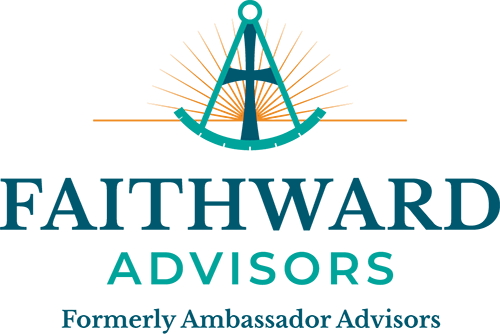-

-
275 Hess Boulevard
Directions
Lancaster, PA 17601 -
Call
717.560.8300 -
Fax
717.833.6303
- contact us
Financial Services

Our logo features a stylized sextant, the historic tool used for seafaring navigation. At the center, in a hopeful color palette, a cross visually confirms that shared, Christ-centered faith is our core. Behind the design, the familiar sunrise from our heritage logo remains to root our team to our decades of service and inspire our ever-rising hope to craft meaningful legacies.
As we set the course for the future, we have our sights set on bringing values-based and biblically responsible financial strategies to faithful stewards from sea to shining sea. We are pleased to announce that we will be continuing this journey under a new name: a name that’s an even better representation of who we are. We are the same dynamic team, committed to meeting your goals, and that will not change! Our mission for biblical stewardship as a conduit for Kingdom work is unwavering. We are passionate to connect with new professionals and expand our reach so individuals, families, nonprofits, and businesses can Dream More, Plan More, and Do More.
Effective December 6, 2023, our company name is changing to Faithward Advisors.
Our advisors partner with more than 3,000 families, nonprofits, and businesses nationwide. At Faithward Advisors, our team of experienced wealth managers and legacy professionals bring a well-balanced, stewardship-centered approach to financial planning. By providing financial guidance with integrity and experience, we believe we can impact the lives and financial well-being of you and those you cherish.